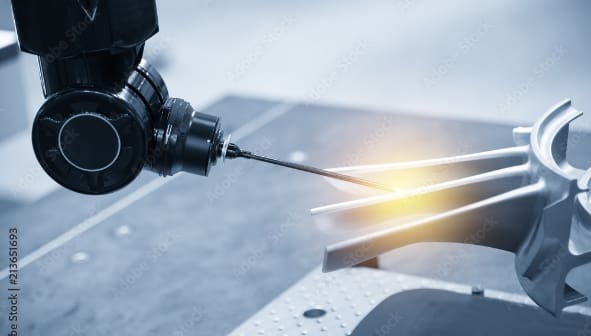R&D 100 Award for 150 XT Mueller Polarimeter
New instrument measures all polarization parameters simultaneously. Hillsboro, Oregon, September 5, 2013 – Hinds Instruments, a leading global supplier of photoelastic modulators (PEMs), today announced it was awarded a 2013 R&D 100 award from R&D Magazine for its 150 XT Mueller Polarimeter. New York University was a co-developer on the project and joint award…
